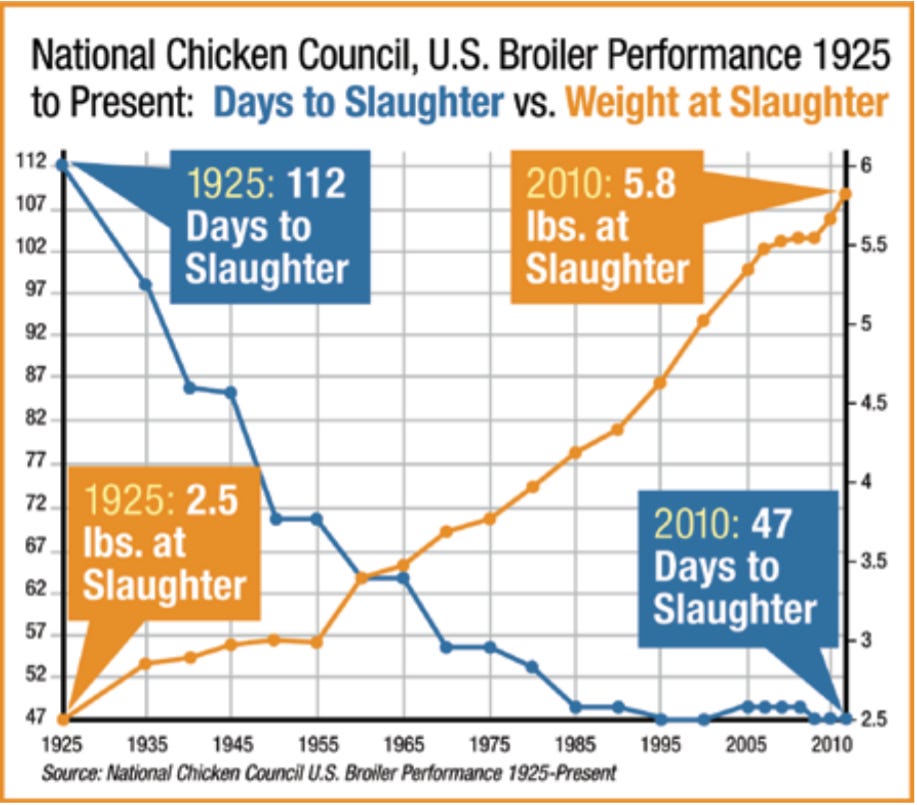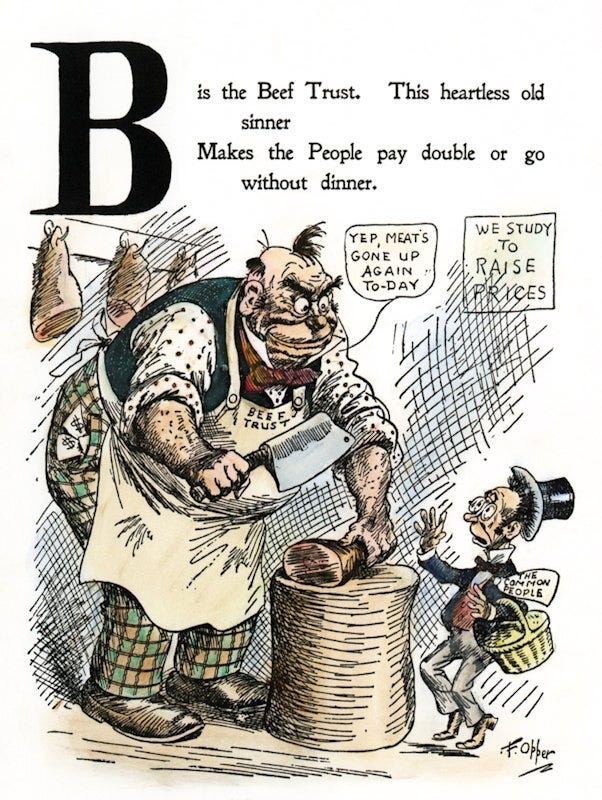🥂To a Regenerative 2022: Scaling Regenerative Grazing
2021 was a doozy of a year for regenerative agriculture adoption, and 2022 is primed to be another bellwether year for us (or the private sector at least) scaling regenerative agriculture. Some great analysts much smarter than I have made predictions and wishlists for the year: Theresa Lieb of Greenbiz is nobly pushing for “Verified regenerative agriculture outcomes”, while Paul Lightfoot’s series of insightful predictions including the rise of mainstream carbon labeling, the (hopeful) cut down on beef and dairy subsidies, and standardization regarding of regenerative agriculture in Europe. Given that we grew over 400% over the course of 2021, I thought it useful to share some of the most interesting pieces written earlier in the year that you might’ve missed. In picking these, I realized their common thread of scaling regenerative grazing in different, niche ways. We hope to deliver more content on that mission over the course of 2022 - and keep an eye out for investments we do over at Soilworks Natural Capital to that end.
One of my favorite niche topics in regenerative grazing is the rise of dual solar-farming/grazing programs from folks like Silicon Ranch and ASGA - it empowers producers to have a higher density out financial outputs per acre with minimal inputs after initial investments. As conventional solar arrays must grapple with the problem of “energy sprawl” - the land and water area required for energy production. By 2030, an area at least the size of Minnesota may need to be converted to utility-scale solar arrays to meet the energy needs in the US alone. And because the best places for growing crops are the same areas with the highest potential for producing solar energy, a growing number of panels are being positioned on arable land - displacing current food production. Luckily, the emerging field of agrivoltaics offers a new type of dual-use solar array that can improve land productivity by 70 percent.
Americans love poultry. From 28 pounds per person in 1960, we now consume over 93.5 pounds per capita - making poultry the number one protein consumed in the United States. The overall economic impacts of poultry total more than $576 billion and support over 2 million U.S. jobs. On top of this, poultry is the most efficient source of feed-to-nutrition conversion in the world. It takes less feed, water, and land to create a pound of poultry protein than other natural protein sources. Our insatiable appetite for poultry depends on an industrial system, with over 99% of chickens coming from factory farms. These centralized animal feeding operations (CAFOs) have utilized selective breeding to maximize weight gain at the cost of animal welfare, made chicken production financially unsustainable for smaller producers, and produced devastating effects on the environment. However, silvopastoral and pasture-based systems of both broilers (poultry raised for meat) and layers (poultry raised for egg production) blaze a path forward based on the adoption of slower-growing chicken breeds and mobile chicken coops to rotate chickens over pasture.
Our article on Methane emissions caused quite a stir in the regenerative community. Using Frank Mitloehner, Nicollete Niman Hahn, and others as a foundation for a nuanced argument, we argue that it appears that cows have been disproportionately blamed for methane emissions and that ruminant methane’s impact on global warming has been substantially exaggerated. Read more to find out why we should standardize the use of GWP* and we must spur regenerative livestock practices and eliminate CAFOs and liquefied manure storage lagoons, which are used for industrial pork, egg, and dairy facilities, but not cattle ranches or beef feedlots. We cannot overwhelmingly point to all cows as methane culprits without considering how they are being raised and without honestly evaluating how much methane is produced by fossil fuels, rice farming, or synthetic fertilizers used for crops. A regeneratively raised cow can actually be a carbon sink, so eating a hamburger from such a cow can be far healthier and better for the environment than eating most plant-based alternatives.
The US dairy sector has fallen into a crisis. Over the last thirty years, more than 94,000 family dairy farms closed their doors at a rate of 10 per day. And between 2003 and 2019, the number of farms licensed to sell milk fell more than 50 percent, from 70,000 to 34,000. The razor-thin margin between production costs and the selling price for cow's milk is no longer large enough to make a living, especially when dairy farms consolidate into large, vertically integrated operations that dominate 90 percent of the industry. At the same time, dairy producers large and small are grappling with another serious threat to the sector: changing consumer tastes and preferences. Between 1975 and 2019, fluid dairy milk consumption has precipitously decreased by nearly 43 percent. It is clear that industrial food production has negative impacts on the health of people, animals, and the planet. Eco-friendly consumers can feel good enjoying real plant-based milk - pasture-raised dairy-, which comes from cows fed a 100 percent forage-based diet. Not only does grass-fed whole milk have 147 percent more omega-3 fatty acids than conventional milk, but it is also derived from natural farming systems that can counteract extractive agriculture, regenerate ecosystems, and elevate struggling rural communities.
President Biden’s administration has unleashed a flurry aimed at breaking up the predatory and anti-competitive practices of the major four beef processing companies, who together process over 80% of U.S. cattle: Cargill, Tyson Foods, JBS, and National Beef Packing Co. After over forty years of laissez-faire policy and tacit support, Biden’s Executive Order pushes to “promote competition in the agricultural industries and to support value-added agriculture and alternative food distribution systems.” The current meatpacking situation, especially in this inflationary environment and the COVID-19 pandemic, is vulnerable, economically inviable to producers, and lacks transparency for both producers and consumers. Read this article to see what is in Biden’s toolkit to fight this good fight.
Watch: This past week, I watched Fantastic Fungi on Netflix. It’s a great intro to the fantastic world of Fungi, mushrooms, and mycelia, and I found myself wanting to learn more. The film mainly focuses on entrepreneur Paul Stamets, but the conceptual clarity of it is extraordinarily helpful - and the images and time-lapses awe-inducing. Given that serious money and research is being poured into understanding this underground world, be it “the concept of a fungal mind”, mapping the world’s fungal networks, or the growing number of fungal inoculants for agriculture, now is the time to dive deep and get up to speed on this science and topic.
Disclaimer: The Regeneration Weekly receives no compensation or kickbacks for brand features - we are simply showcasing great new regenerative products.
If you have any products you would like to see featured, please respond to this newsletter or send an email to Kevin(at)soilworksnaturalcapital.com
The Regeneration is brought to you by Wholesome Meats | Soilworks | Grassroots Carbon| Grazing Lands






